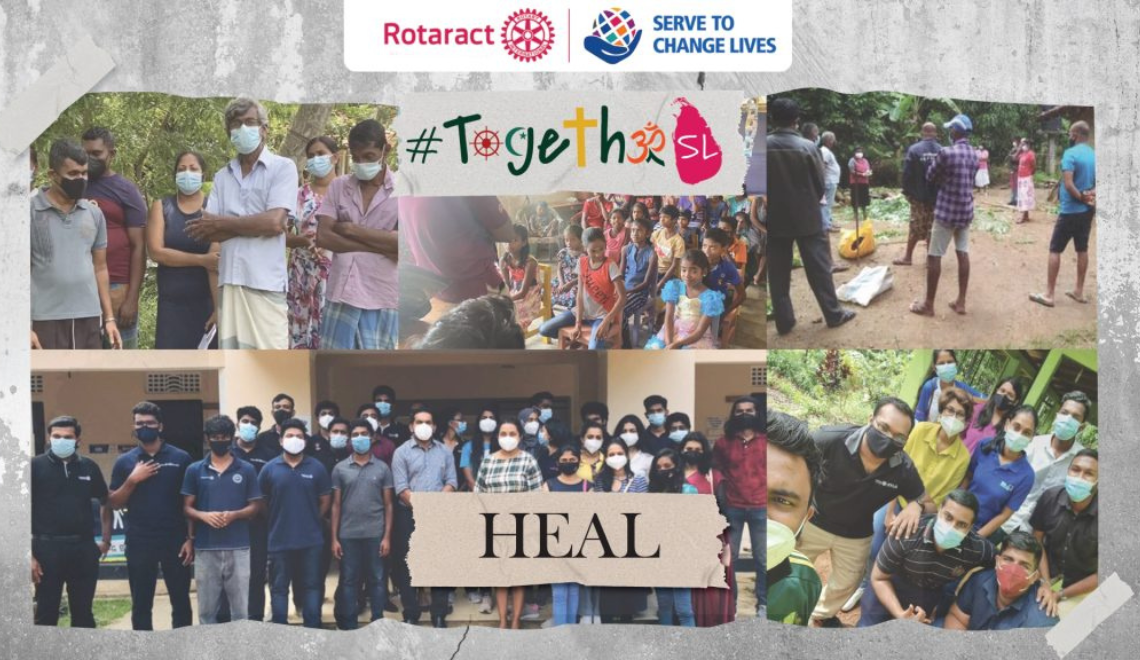“We believe good health care is everyone’s right. Yet 400 million people in the world can’t afford or don’t have access to basic health care.”
Even though we benefit from a sound healthcare system, people suffer and die needlessly every day. That may be because of the lack of facilities and awareness. So what we need to do is prevent these diseases and get the appropriate treatments for necessities. Disease prevention is a procedure through which individuals, particularly those with risk factors for a disease, are treated to prevent a disease from occurring. Treatment typically begins either before signs and symptoms of the disease occur or shortly after that.
Looking at Sri Lanka, several areas have communicable and non-communicable diseases, and some areas need immediate facilities and donations. Dewahuwa, Galewela is one such area where several known diseases and non-communicable diseases are highly reported.

Non-communicable diseases (NCDs) are a collection of chronic diseases that are not contagious, meaning they cannot be passed from one person to another. They are described as long-term, slow-progressing diseases that are the leading cause of adult mortality and morbidity worldwide. WHO classifies non-communicable diseases as “Group II Diseases,” a category that includes (by ICD-10 code) the following conditions/death causes: Diabetes mellitus, endocrine disorders, neuropsychiatric conditions, sense organ diseases, cardiovascular diseases, respiratory diseases (e.g., COPD, asthma, other), digestive diseases, genitourinary diseases, skin diseases, musculoskeletal diseases (e.g., rheumatoid arthritis), congenital anomalies (e.g., cleft palate, Down syndrome), congenital anomalies (e.g., cleft palate, Down syndrome), and oral (e.g., dental caries). Group I diseases (communicable, maternal, perinatal, and nutritional disorders) are separated from Group III diseases (intentional and unintentional injuries). Diabetes, Cancer (oral and womb), and Chronic kidney disease (CKD) are the most common chronic diseases in Sri Lanka.
After the initial visit, the team found out that more than 2000 people are currently affected by this disease. The main reasons for these cases are the Lack of Awareness / Unhealthy Lifestyles and the lack of a hospital for the area; the nearest hospital is 30 kilometers away. This village’s only operational clinic is a primary clinic with limited capacity and resources, which is also a reason for this situation in the area.

So the “Heal-Together” project is implemented by the Rotaract Clubs of Athugalapura, Hatton – Kotagala, Kandy, Katugastota Region, Kurunegala, Matale, Peace City Hatton, University of Peradeniya, Australian College of Business and Technology – Kandy, Kandy Metropolitan, and Trincomalee under the Together SL to reduce and prevent chronic diseases in the area. The primary goal of this project was to avoid diseases through public awareness campaigns. Also, as a solution for disease treatment, the team donated medical equipment such as wheelchairs and Glucose Meters to the local clinic and had a screening program to identify and cure diseases early.
By initiating this project, the team hopes to reduce the number of people with these diseases and unnecessary deaths in the area by sending a message of “Many Diseases can be prevented.”
Penned By – The District Regional Engagement Team in collaboration with the Media Unit and the District Editorial Team

Leave a Reply